PPT-Chapter 11: The Renaissance
Author : lois-ondreau | Published Date : 2018-03-11
I Characteristics of the Renaissance Contrast with the Middle Ages The Renaissance man viewed the Middle Ages as a backward interval between classical culture
Presentation Embed Code
Download Presentation
Download Presentation The PPT/PDF document "Chapter 11: The Renaissance" is the property of its rightful owner. Permission is granted to download and print the materials on this website for personal, non-commercial use only, and to display it on your personal computer provided you do not modify the materials and that you retain all copyright notices contained in the materials. By downloading content from our website, you accept the terms of this agreement.
Chapter 11: The Renaissance: Transcript
Download Rules Of Document
"Chapter 11: The Renaissance"The content belongs to its owner. You may download and print it for personal use, without modification, and keep all copyright notices. By downloading, you agree to these terms.
Related Documents

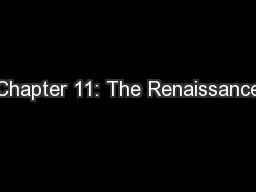
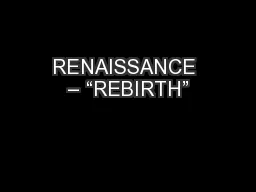
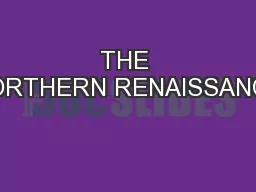
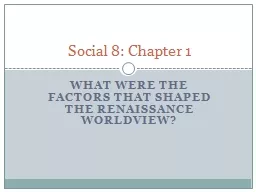
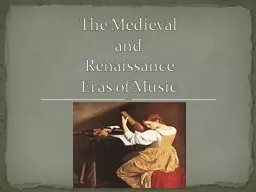
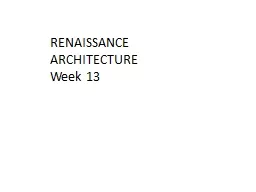
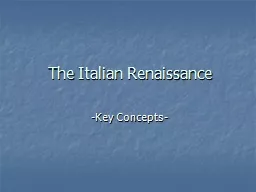
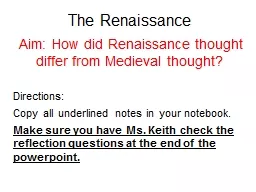
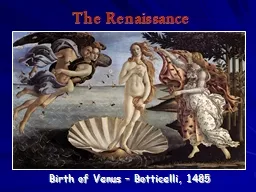
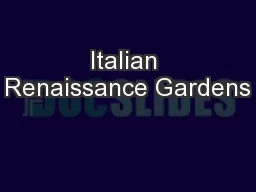
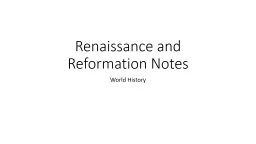
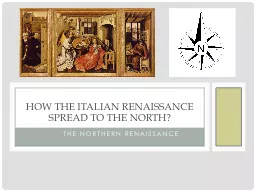
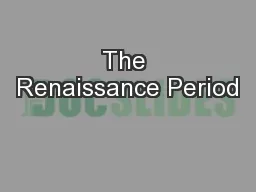
![Renaissance Italy http://www.kmkz.com/jonesj/gallery/renaissance italy[1].jpg](https://thumbs.docslides.com/717618/renaissance-italy-http-www-kmkz-com-jonesj-gallery-renaissance-italy-1-jpg.jpg)